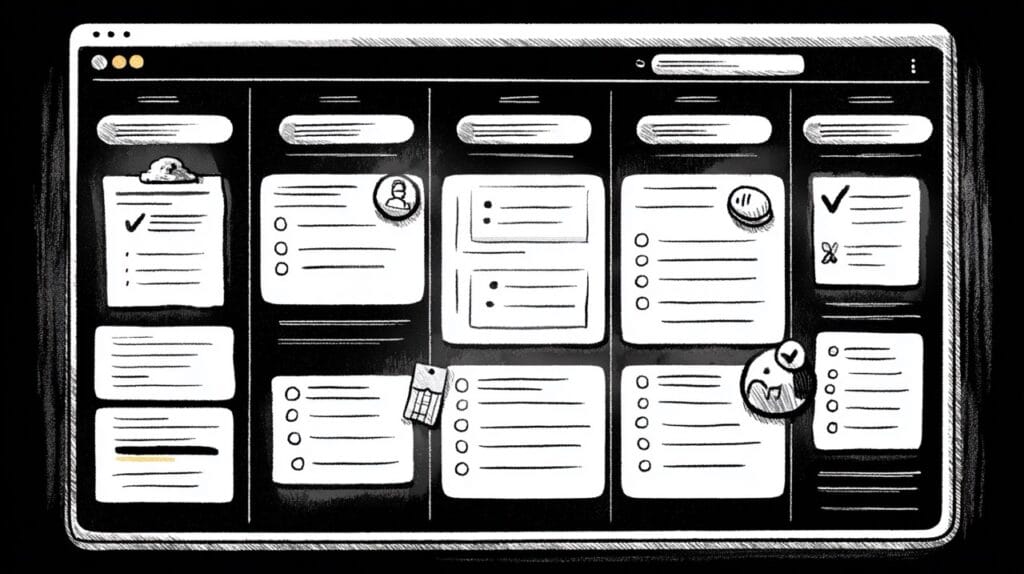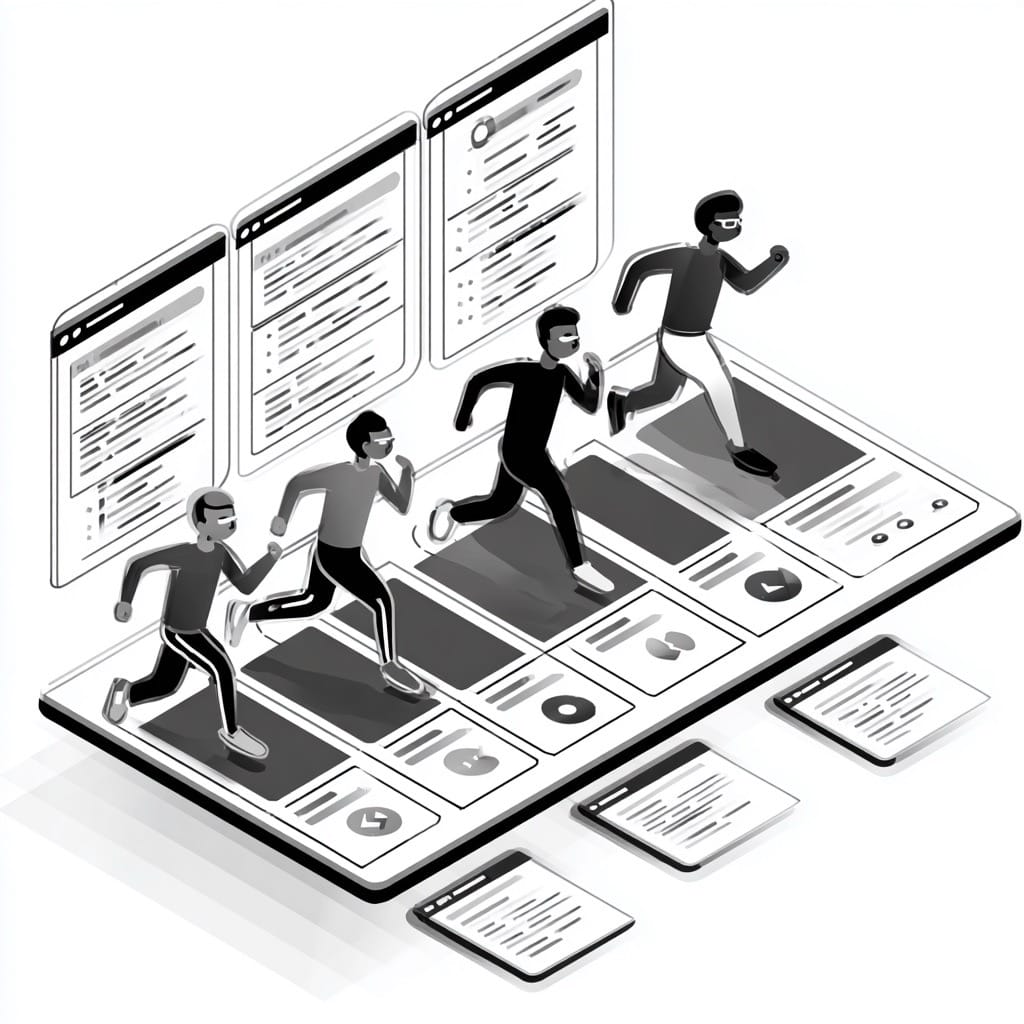If you’re tired of waiting for your localization team to catch up, it’s time for a better process.
This mini-guide shines some light on continuous localization, a system designed to integrate translation directly into your development cycle. Here’s how it works, why it’s essential for agile teams, and what the workflow looks like.
How Traditional Translation Workflows Bottleneck Agile Software Development
The traditional translation and localization workflow is a holdover from the era of waterfall project management. In that model, localization was commonly treated as a final, separate step at the end of the development process. A product was built to completion, its content was bundled up, and only then was it sent off to a localization team for an oftentimes rather lengthy translation cycle.
This approach is fundamentally incompatible with modern product development.
Agile software development operates in short, iterative cycles. When you force this dynamic software development process through a static, waterfall translation workflow, you create a major bottleneck that brings progress to a halt.

Each minor update requires a manual handoff of translation files, which slows your time to market considerably. The result is that different teams are out of sync. The localization team is constantly playing catch-up, and the developer is blocked because they need to wait for localized features. This friction makes it impossible to scale.
The Continuous Localization Workflow in Product Development
Continuous localization, as the name implies, isn’t a one-time event; it’s a continuous process that runs in parallel with development. This system relies on integrating your tools to keep both translation and development in sync.
The workflow begins the moment a developer commits code to the central repository. This is a standard part of any agile process. What changes is that this action serves as the trigger for the continuous localization process to begin. There is no need for manual extraction.
Once new strings are identified, automation takes over. A webhook pushes the source content directly into a connected translation management system (TMS). The localization team is instantly notified that there is new content to translate.
Inside the TMS, translators can get right to work. When their translation is complete, the automation works in reverse. The system automatically syncs the newly localized strings back to the code repository. The translated content is now part of the codebase and always ready for release, allowing you to deploy simultaneously in multiple languages.
Key Components of an Agile Localization Workflow
A successful agile localization workflow depends on people and technology working in harmony. This shift in process breaks down the traditional silos between different teams. The developer is freed from managing string files; their focus remains on writing internationalized code. Product managers gain direct visibility into the pipeline, allowing them to streamline and plan release schedules with confidence.
The localization team (and its dedicated translation team) transforms from just a downstream vendor into an integrated partner. They work in parallel with the development sprints, and their goal is to create accurate and high-quality translations without slowing the cycle.

The backbone of this workflow is the localization technology designed to integrate localization with development. At the center is a modern TMS such as Localazy, a type of localization platform or localization software designed for this task. It connects directly to your repository to automate string exchange. Within this system, machine translation can be used to generate an instant first draft that human professionals then refine.
Benefits of Shifting to Continuous Delivery
Adopting this workflow provides near-immediate benefits and continuous localization particularly helps with a dramatic reduction in time to market, enabled by faster turnaround times. By eliminating the final translation phase, you can release fully localized features to all users simultaneously.
This directly improves the international user experience. When localization keeps pace with product development, your multilingual users receive updates at the same time as everyone else.
This workflow also makes scaling your localization efforts more efficient. A core part of any effective localization strategy is the ability to expand. When companies need to enter new markets, adding a new language is no longer a massive localization project if they’re already agile. It turns localization into a predictable part of the core product development cycle.
Implementing Continuous Integration
To carry out continuous localization, technology and team structure need to be addressed. The first of any localization challenges is selecting the right tools. Companies need a TMS that offers robust API support. Equally important is preparing your development team by establishing clear internationalization practices and processes.

Next, decide on your approach to localization management. Will you hire a dedicated localization manager and build an in-house team, or partner with flexible translation vendors or a full localization service? Your choice determines who sets up the translation workflows in the TMS. A good partner offering comprehensive translation services can guide you through the entire setup.
Is This the Right Way to Localize Your Multilingual Product?
So, is this process right for you? For static, one-time projects like translating a legal contract or a marketing brochure, an automated workflow would be overkill. But if your company operates on an agile model and is building a software product for an audience across multiple languages, the answer is clearly yes. For any team practicing continuous delivery, continuous localization works as the missing piece for effective software localization.
